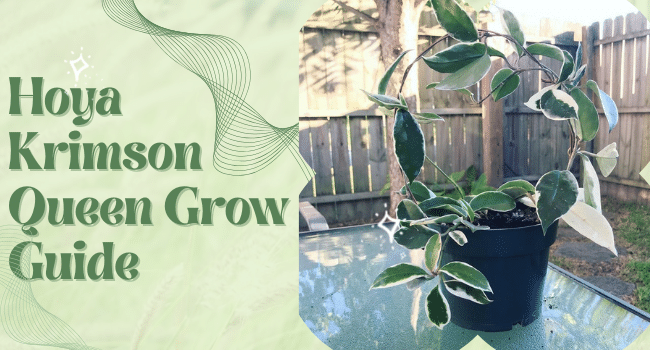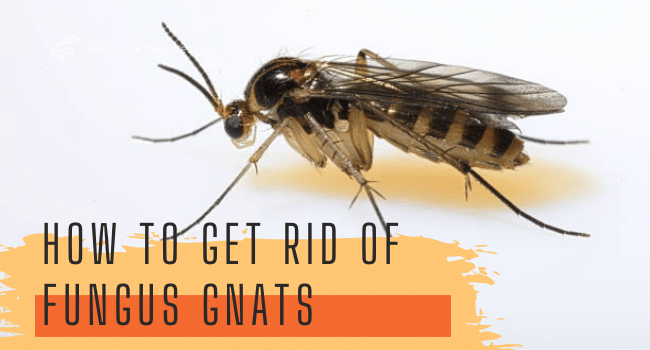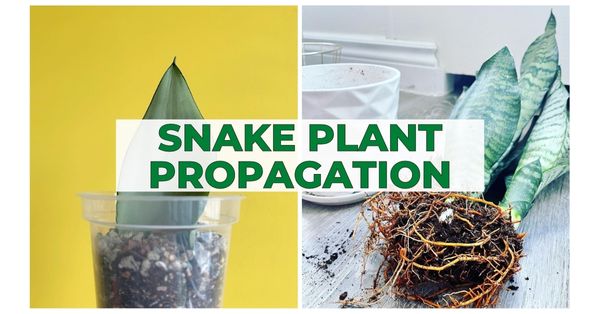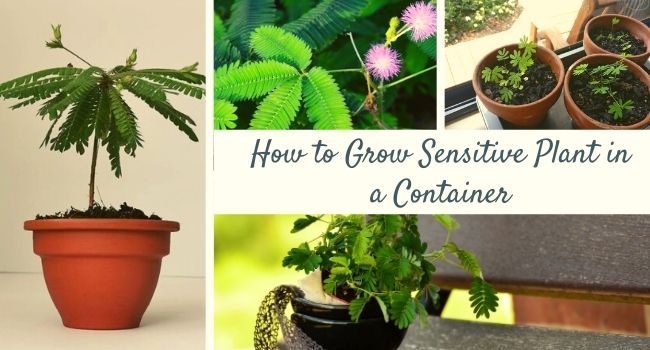Philodendron Pink Princess: Care Tips for Pink Leaf Growth
Add a pop of color and interest to your plant collection with Philodendron Pink Princess. Here is our detailed guide on Philodendron pink princess care and growth requirements.
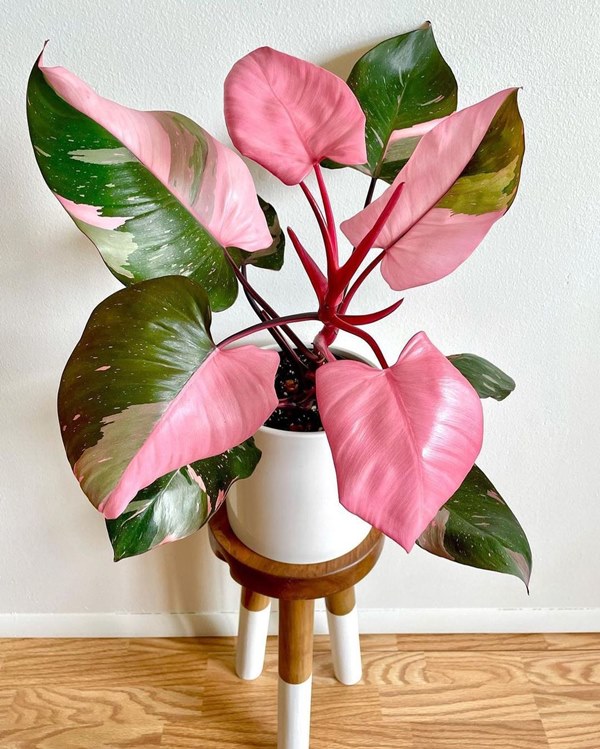
Botanical Name: Philodendron erubescens ‘pink princess’
Common Names: Blushing Philodendron, Philodendron pink princess
Philodendron Pink Princess is a fascinating and beautiful houseplant that makes an excellent addition to any space. The unique pink variegation of the foliage makes it a sought-after Philodendron variety among plant enthusiasts. Since it can be challenging to obtain a Philodendron Pink Princess plant, it’s essential to take good care of it once you have one. Here is all you need to know about growing Philodendron erubescens!
How to Grow Philodendron Pink Princess
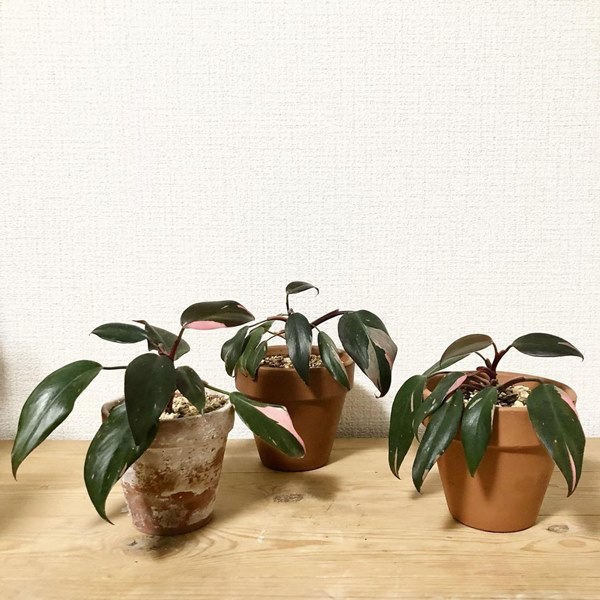
Philodendron Pink Princess Propagation
Propagating a Philodendron Pink Princess is a relatively easy process that can be done through stem cuttings. Here are the steps to propagate a Philodendron Pink Princess:
- Choose a healthy stem with several leaves, and make a clean cut just below a node (the spot where a leaf attaches to the stem). The cutting should be around 4-6 inches long.
- Remove the lower leaves from the cutting, leaving at least two leaves on the top.
- If desired, dip the cut end of the stem into rooting hormone powder to encourage root growth.
- Plant the cutting in a well-draining soil mix, such as a mix of potting soil and perlite or coco coir. Water the soil well.
- Cover the cutting with a plastic bag or clear plastic wrap to create a mini greenhouse and keep the cutting humid.
- Place the cutting in a bright but indirect light spot, avoiding direct sunlight, and moisten the soil.
- After a few weeks, you should start to see new growth and roots forming. Once the new plant is well-established, you can remove the plastic cover and treat it like a regular Philodendron Pink Princess.
Check out how to grow Philodendron Micans in a Pot!
Choosing the Container
You can start philodendron cuttings in small pots 8-12 inches deep. Once the plant becomes pot-bound, re-pot to a container 1-2 inches larger than the current root ball. Also, make sure the pot has drainage holes at the bottom. Terracotta, ceramic, or plastic any material works just fine!
Location
For that striking pink variegation, it requires access to 5-6 hours of bright indirect light. A good location would be near a north or east-facing window. You can also use sheer curtains to shield the plant from direct sunlight, as it can cause leaf burn. It can survive low-light conditions but will lose the pink variegation with time.
Soil
Pink princess philodendron prefers a well-draining potting mix rich in organic matter, just like most aroids. Choose any good quality houseplant potting mix, or you can prepare your potting mix. An excellent ratio for potting soil is 40% orchid bark, 30% potting mix, 20% peat, and 10% perlite or sphagnum moss. You can remember the ratio in parts of 4-3-2-1.
Watering
Most issues pink princess philodendron faces are due to improper watering. It’s essential to allow the soil to dry out between watering cycles for proper growth. A good rule of thumb is to check that the soil is dry a couple of inches below the surface before watering. If you are unsure, it’s better to wait, as the pink princess can tolerate short periods of drought but will succumb to root rot if overwatered.
Temperature and Humidity
This pink beauty’s ideal temperature range lies between 65 to 79 degrees F (18 to 26 degrees Celsius). Exposure to a temperature below 60 degrees F can affect growth. Average humidity levels above 50 percent fulfill the needs of philodendron erubescens. Misting around the plant or installing a humidifier are some ways to raise humidity levels if the air feels dry.
TIP: Placing the Pink princess near a bathroom window provides excellent conditions (high humidity) for it to thrive.
Philodendron Pink Princess Care
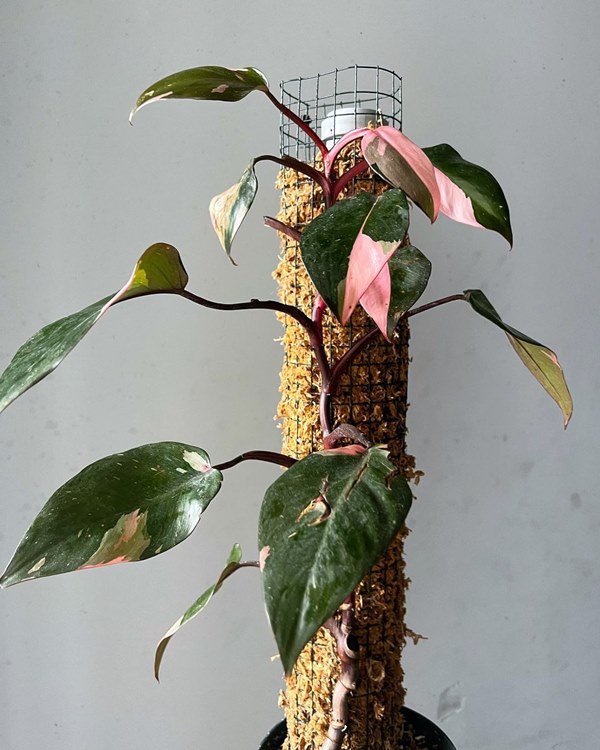
Support
Philodendron Pink Princess is a climbing plant that can be kept upright with the help of a moss pole. It can also be left to grow on its own without any support structure for those who prefer a more relaxed and natural look.
Pruning
Pruning helps keep the plant in the desired shape and achieve that natural bushier look, so if that’s something you are after, spring is the right time to do so. Also, cut back the leaves that are yellowing or brown or any damaged or diseased parts of the plant. Only remove less than 1/3 of the plant at one time!
TIP: Propagate the cutting from pruning to add more philodendron erubescens to your plant collection.
Fertilizer
Apply a well-balanced liquid fertilizer diluted half to its strength in the growing season (spring and summer). Fertilizing once a month will suffice, as too much fertilization can cause more harm than good. There is no need to fertilize from fall to winter!
Pests and Diseases
Common garden pests such as aphids, mites, and mealybugs can cause some trouble. Get rid of them by using insecticidal soap or neem oil solution. Wilting leaves can have multiple reasons, such as overwatering, dry air, or low light; take action accordingly. Another common disease is root rot which is caused due to overwatering.
Tips to Promote Pink Leaves
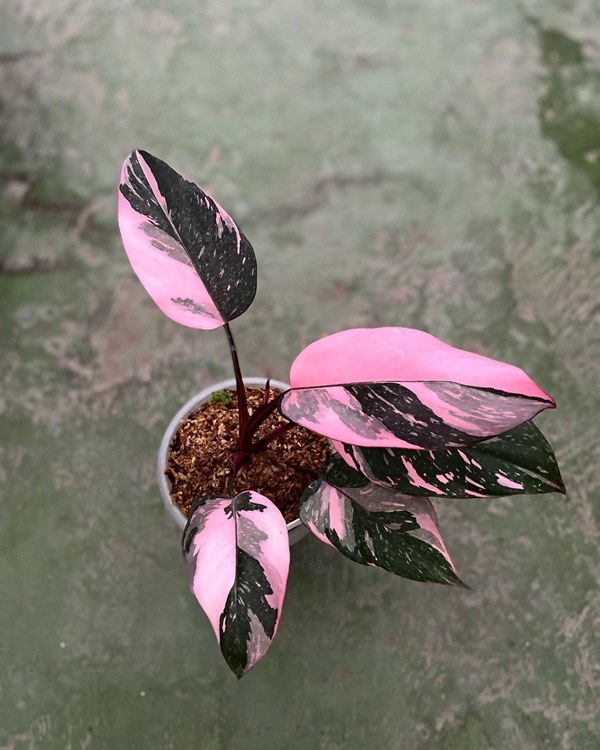
Lightning plays the most crucial role for the pink princess to get and keep the pink variegation. Prolonged exposure to direct light turns the leaves dark green and results in the loss of that pink variegation. To promote pink variegation, keep it under indirect or filtered light. You can also consider investing in grow lights, as they provide a controlled and consistent source of light that won’t cause your pink princess to lose its unique coloration.
Philodendron Pink Princess Toxicity
All parts of Philodendrons contain the toxic compound calcium oxalate crystals, which makes Philodendrons poisonous. If consumed, the symptoms include pain and swelling in the lips, mouth, tongue, and throat, excessive drooling, vomiting, difficult and painful swallowing, and loss of speech. Keeping it away from kids and pets who may accidentally eat the plant is advisable.
